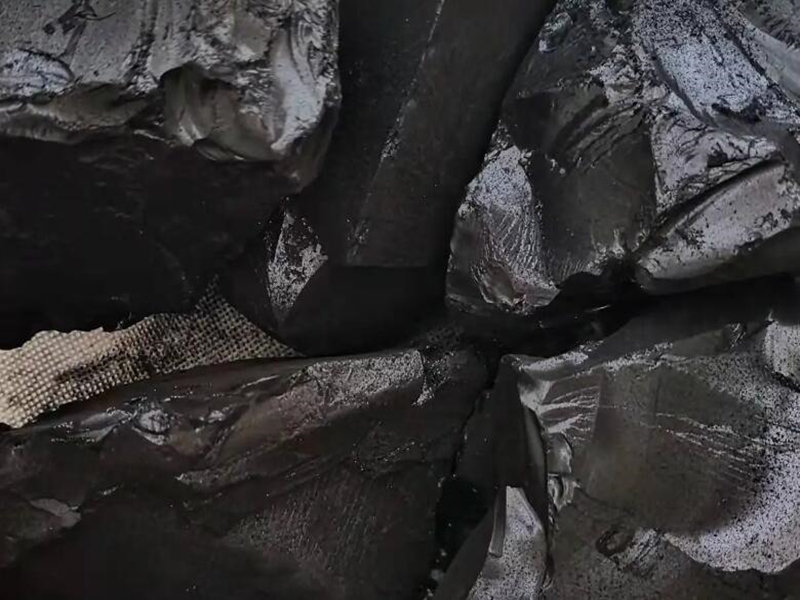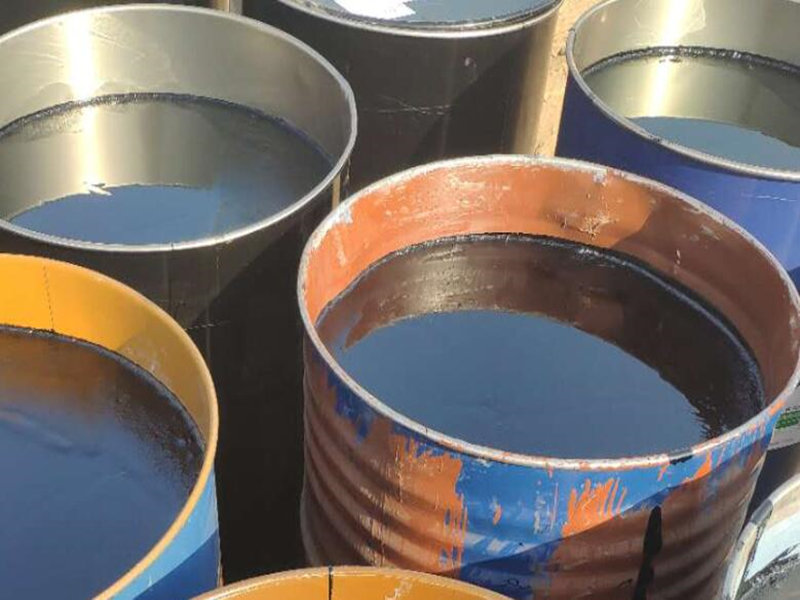Asphalt is a kind of waterproof, moisture-proof and anticorrosive organic cementing material. Asphalt can be divided into coal tar asphalt, petroleum asphalt and natural asphalt .
Coal tar pitch
Coal tar pitch is a by-product of coking, that is, the black substance that remains in the still after the distillation of tar. The change of temperature has great influence on coal tar pitch, which is easy to crack in winter and soften in summer.

Petroleum asphalt
Petroleum asphalt is the product obtained from the residual oil of refined oil processing after proper process treatment. According to the degree of refining, it is a liquid, semi-solid or solid at room temperature. Most of the bitumen used in engineering is petroleum bitumen, which is a mixture of complex hydrocarbons and their non-metallic derivatives. Petroleum asphalt is black and shiny, with high temperature sensitivity.

Natural asphalt
Natural bitumen is the residue of petroleum seepage after long exposure and evaporation. Natural bitumen is stored underground, and some form mineral layers or accumulate on the surface of the crust.
Natural bitumen is very viscous but has fluidity. It has good fluidity, thermal stability, durable adhesion, elastoplasticity, electrical insulation and water resistance. Suitable for paving, light traffic road asphalt pavement.

Main use
The main use is as infrastructure materials, raw materials and fuel, the application range such as transportation (road, railway, aviation, etc.), construction, agriculture, water conservancy engineering, industry (extractive industry, manufacturing industry), civil and other sectors. For the road construction, the asphalt is mixed by a mixing plant to produce the asphalt mixture for road.
In civil engineering, asphalt is a widely used waterproof material and anti-corrosion material, mainly used in roof, ground, underground structure waterproof, wood, steel anti-corrosion. Asphalt is also widely used in road engineering pavement structure cementing material, it can be built with different structure of asphalt pavement after proportion with different composition of mineral materials, highway is more widely used.
Maintenance of asphalt
Asphalt maintenance is usually divided into three types: preventive maintenance, corrective maintenance, emergency maintenance. These three maintenance types can be selected according to the use of the road surface, and each maintenance type needs to choose different maintenance methods and maintenance equipment. The differences between the three maintenance measures are mainly reflected in the road condition and the length of traffic time. Of course, there is no clear line between the three.
Preventive maintenance is to maintain the pavement before it is damaged. Corrective maintenance refers to repairing the local damage of the road surface or treating some specific diseases; Emergency maintenance is a measure taken in emergency situations, such as road bursts and serious potholes that require immediate repair before traffic can open.
Packing and storage
Asphalt during production and use may require thermal storage in tanks, if properly treated, asphalt can be repeatedly heated at higher temperatures for a considerable period of time without serious damage to its properties.
Heating output
Asphalt is stored in a large storage tank, and when output is used, it is necessary to heat the asphalt in the storage tank to improve the fluidity of the asphalt in order to smooth and fast output. The heat source required for heating output is generally thermal oil.
More information on apshalt, please visit: ltasphaltplant